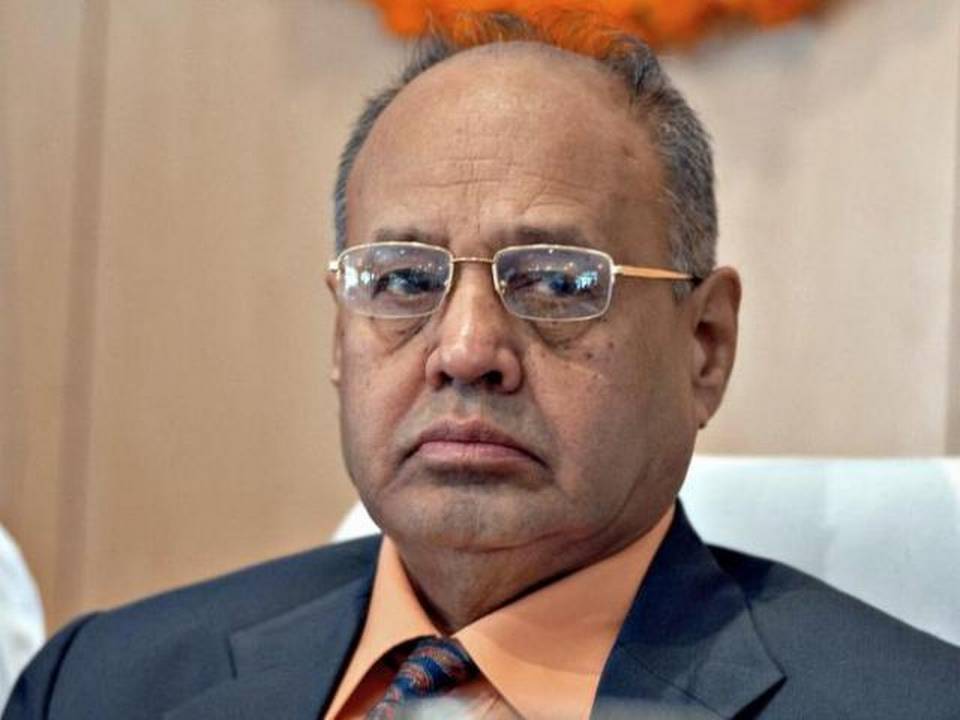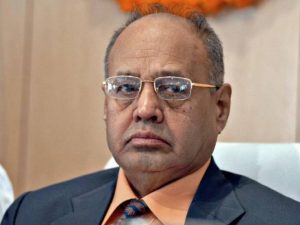
The Special Investigation Team investigating corruption within the Lokayukta in Karnataka is now knocking on the doors of the Lok ayukta himself. When Justice Y. Bhaskar Rao is quizzed next week the investigation into the extortion racket allegedly run out of his office and residence will reach the very highest office in the Lokayukta. The Karnataka Lokayukta, showcased as the gold standard for anti-corruption institutions and a model for the national Lokpal at the height of the Anna Hazare-led India Against Corruption movement, is now gasping for survival. The steadfast refusal of Justice Rao to resign until criminal charges of corruption are proved suggests that we need to investigate our overblown rhetorical faith in counter-democratic institutions.

Pierre Rosanvallon describes counter-democracy to be those institutions and practices through which the people impose control over political institutions which act in their name. These counter-democratic institutions inspire trust and earn our legitimacy by promising us that collective action will be constrained to act in the common good. These institutions ensure that we are not merely relying on a democratic politics that complies with the procedural rules of an electoral democracy. The counter-democratic surge in Indian politics in the last decade has seen the emergence of the Supreme Court, the CAG and the Lokpal/Lokayukta among others as the true repositories of popular trust and legitimacy. Our increasing distrust of the machinations of electoral politics and the capacity of representative democratic institutions to act in our interest has prompted a deep emotional investment in these counter-democratic institutions.
The current crisis in the Karnataka Lokayukta should give us reason for pause. If the best of the anti-corruption Lokayuktas is itself the seat of a massive corruption scandal, why are we so ready to believe that it is only the elected politician who is the root of the hydra-headed monster of corruption in our otherwise unsullied and virtuous society? If we more rationally conclude that the poison of corruption is evenly distributed among our social, political and cultural institutions then we must avoid the lazy sloganeering that dominated the 2014 national election campaign where the removal of a few bad apples was to magically restore our state and society to a pristine form! As this is unsurprisingly yet to happen we would do well to turn to the principles and details of institutional design that lie at the root of the Karnataka Lokayukta crisis: the process of appointment and removal of the Lokayukta.
Justice Y Bhaskar Rao was appointed as the Lokayukta in 2013 by the previous BJP government in the State. He replaced Justice Shivraj V. Patil who had resigned due to allegations of inappropriate allotment of two sites in the city. Barring Justice Santosh Hegde’s stint as Lokayukta there have been substantial concerns about corruption with previous Lokayuktas as well. Given this rather poor institutional record, it is astonishing that Karnataka’s Lokayukta received the kind of uncritical media accolades that it did. The problem here is not partisanship in the appointment process as section 3(2)(a) of The Karnataka Lokayukta Act, 1984 provides a bipartisan model of appointment where the Governor appoints the Lokayukta on the advice of the Chief Minister who in turn consults extensively with the Chief Justice as well as the Speakers and the leaders of the Opposition party in both Houses. This bipartisanship does work as the recent opposition by the BJP to the appointment of Justice K.L. Manjunath as Upa-Lokayukta has effectively stalled his appointment. So clearly we need to go beyond partisanship as the reason for the selection of inappropriate candidates and devise new ways of widening the pool of candidates beyond the retired judiciary and the bureaucracy. The appointment or election of public advocates in some cities in the United States may offer useful lessons.
In order to insulate the Lokayukta from political interference, Section 6 of the Lokayukta Act, 1984 adopts a procedure analogous to the impeachment of sitting judges. First, there needs to be an investigation and proof of misbehavior or incapacity under the Judges Inquiry Act, 1968 followed by an address approved by a majority in both Houses of the State Legislature and two-thirds of the Members present. The recent experience with Justice Rao confirms that this impeachment style accountability breeds immunity as the political hurdles to be crossed are insurmountable. The Karnataka Government sought to amend this process through the Lok Ayukta (Amendment) Bill, 2015 by allowing for an enquiry by the Chief Justice of the High Court of a sitting judge nominated by him followed by a simple majority of both Houses. This Bill was withdrawn under sustained opposition pressure and Justice Rao remains firmly ensconced in his office. Perhaps the pending Judicial Accountability Bill at the Union Government may offer a suitable model for the Lokayukta removal process as well.
The current impasse in Karnataka with an intransigent incumbent Lokayukta and the legislative inability to amend the existing law is unlikely to end soon. Our collective willingness to lift the halo that surrounds counter-democratic institutions like the Lokayukta is a necessary first step for meaningful reform. The structural and institutional features of the Lokayukta need to be subject to the same critical scrutiny and analysis that we currently reserve for our political branches of government.
This article was originally published in The Hindu on August 15th, 2015.
